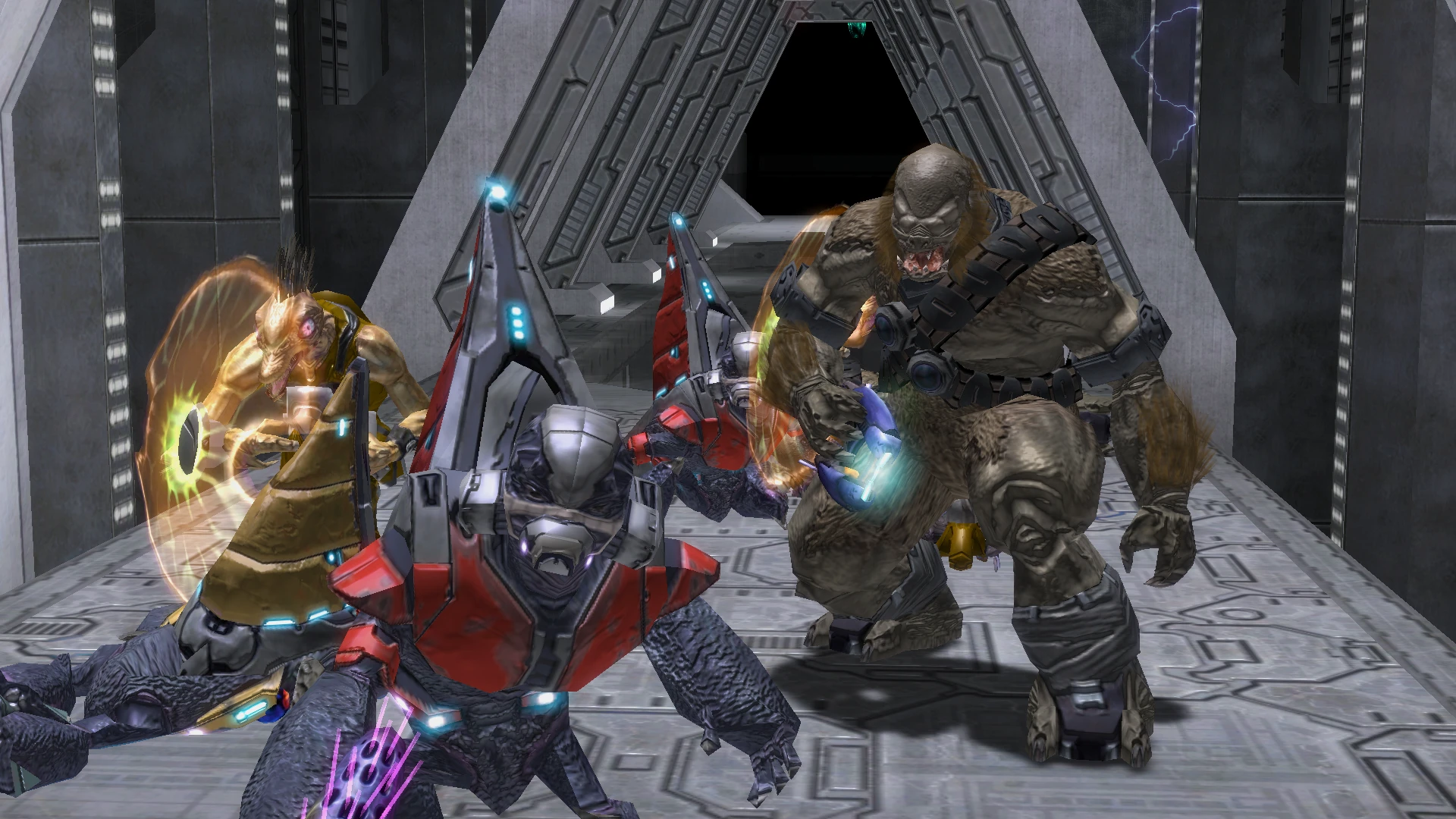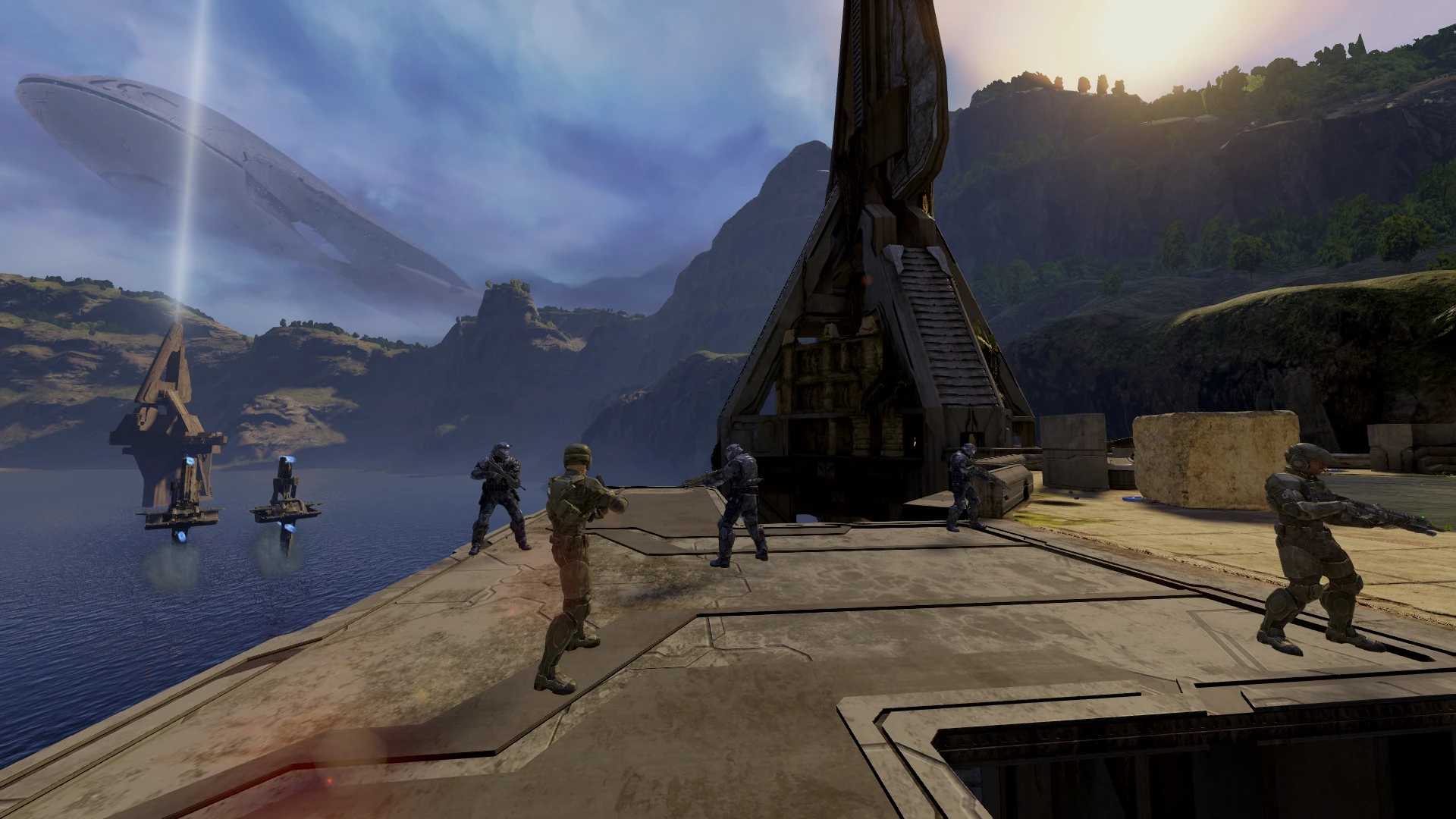After twelve years, Halo has finally added the Flood into Firefight. In the patch notes for Season 8 of Halo MCC, 343 industries announced a few new additions to the game that would be coming in this round of new content. This includes a new map for Halo 3 ported directly from Halo Online that is inspired by the classic Halo 2 map Turf, some new armour sets for Halo 3 and helmets for Halo: Reach inspired by ancient history and mythological figures, and some new weapon and vehicle skins.
Among these announcements, however, was the detail that Halo 3: ODST’s Firefight mode will be getting an update to its customisation options, allowing for wave-by-wave editing of the Firefight experience in much the same way as Halo: Reach’s Firefight functions. This is great news for players, because it offers more customisability, but it also opens the door for some very interesting possibilities that, thankfully, MCC’s developers seem to have explored to their fullest extent.

Included with these patch notes were two pictures, one of which showed the loading screen for the Turf remake, called Icebox, and the other showed an example of a custom Halo 3: ODST Firefight game in which the player is fighting against two Flood Combat Forms. This is big news, because up until now only Covenant enemies have featured in Halo’s Firefight mode, and although fans have been asking for the Flood to be included in the mode for many years, fighting against the Flood in Firefight has never been possible without mods. Until the release of MCC Season 8, that is.
Another interesting idea that was alluded to, but not directly stated, by a 343 industries employee replying to fan messages is that Elites will also be added to the customisation options of Halo 3: ODST’s Firefight. This is also very interesting, because if this is true, it will be the first time that the Elites will be included as an enemy in Halo 3’s engine. In the original Halo 3, Elites are allied to the player, and in Halo 3: ODST, no living Elites appear in the Campaign or Firefight. This will open the door for completely new encounters in Firefight, and some have even suggested the idea of the Flood and the Covenant fighting each other during a Firefight game, which would add a completely new twist to this game mode.
With these new additions to Halo MCC, fans continually look to the future and speculate as to what new things could be added to MCC in the future. The implementation of Flood into Halo 3: ODST’s Firefight have had many fans hoping that the Flood will soon come to Halo: Reach’s Firefight, but unfortunately that is unlikely due to the fact that the Flood never appeared in Reach – Halo 3: ODST can have the Flood ported into it’s modes because it uses the same engine as Halo 3, which features the Flood. The fact that Halo: Reach never featured the Flood makes it unlikely that they will ever appear in the game, outside of mods of course.
However, there are a lot of things that are more realistic that have been suggested as potential future additions to MCC, both by fans and by the developers themselves, albeit in informal tweets or interviews. One idea that has been circulated is the possibility of adding more armour customisation to classic Halo 2’s Elites using assets from the campaign, for example allowing players to use the Ranger, Honour Guard, Arbiter, Councillor, Spec Ops Commander and Heretic Elite armours in multiplayer.
There are other possibilities that have been theorised by fans as potential additions that could be made to the games, for example adding armour from Halo 3 into Halo: Reach and Halo 4, adding new skulls into the campaigns, adding new armour and skins to Halo 2: Anniversary’s multiplayer mode, and adding more usable content into the classic Halo 2 multiplayer that makes use of assets that are featured in the code but not currently used, such as the Shadow or Prophet Throne.
Although it is inevitable that support for Halo: The Master Chief Collection will eventually end, the future for the collection seems bright as there is still a wealth of possibilities for new content to be added in the coming months, and the release of official modding tools for each Halo game by 343 industries further increases the possibility for modding and community-created content that we could see for MCC soon. We have already seen some fantastic community-created content, such as complete campaign mods for Halo 2. Despite the recent controversies surrounding Halo: Infinite, the future for Halo still seems positive.





































